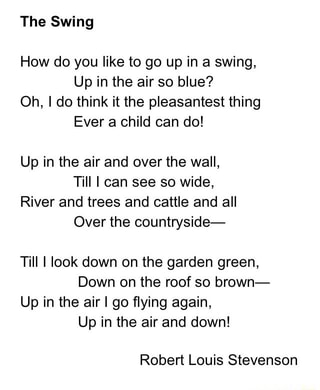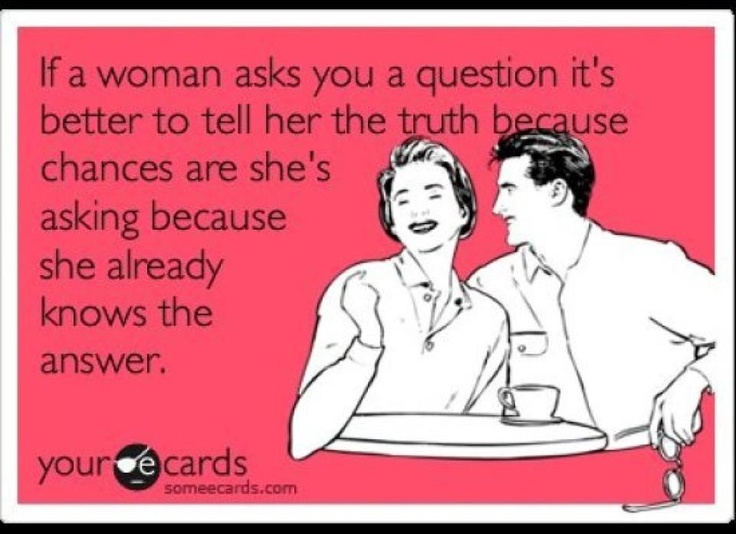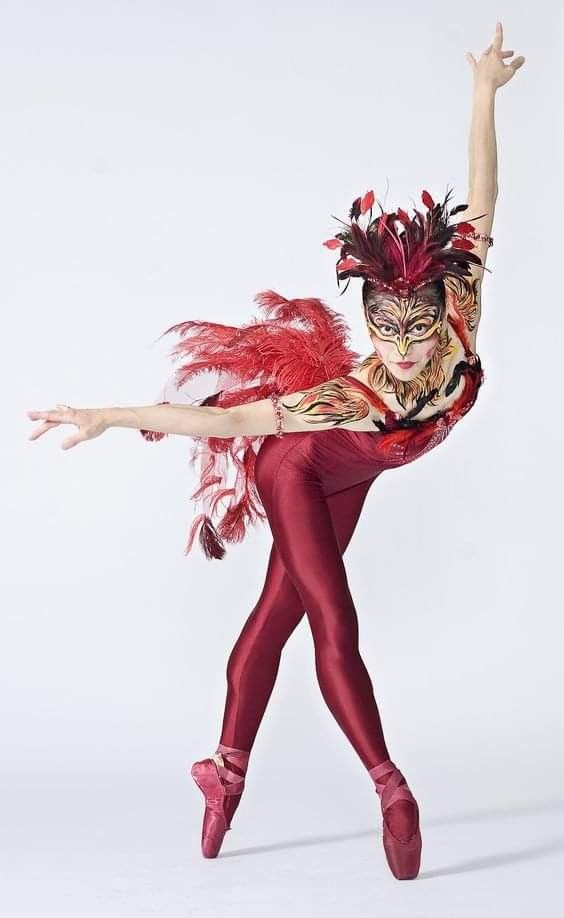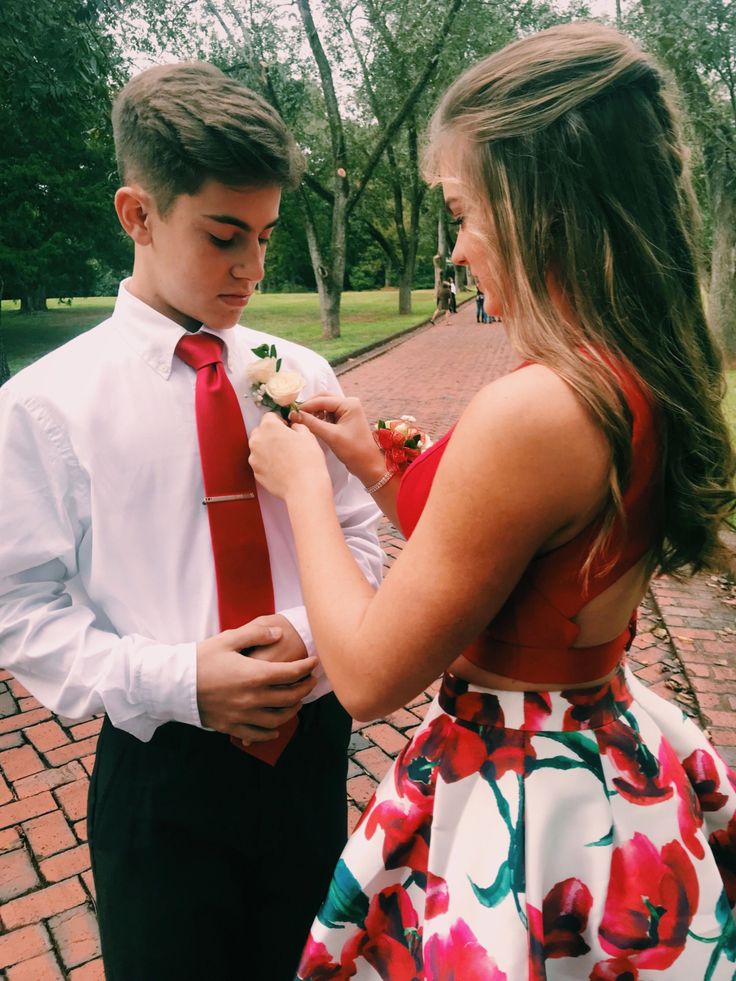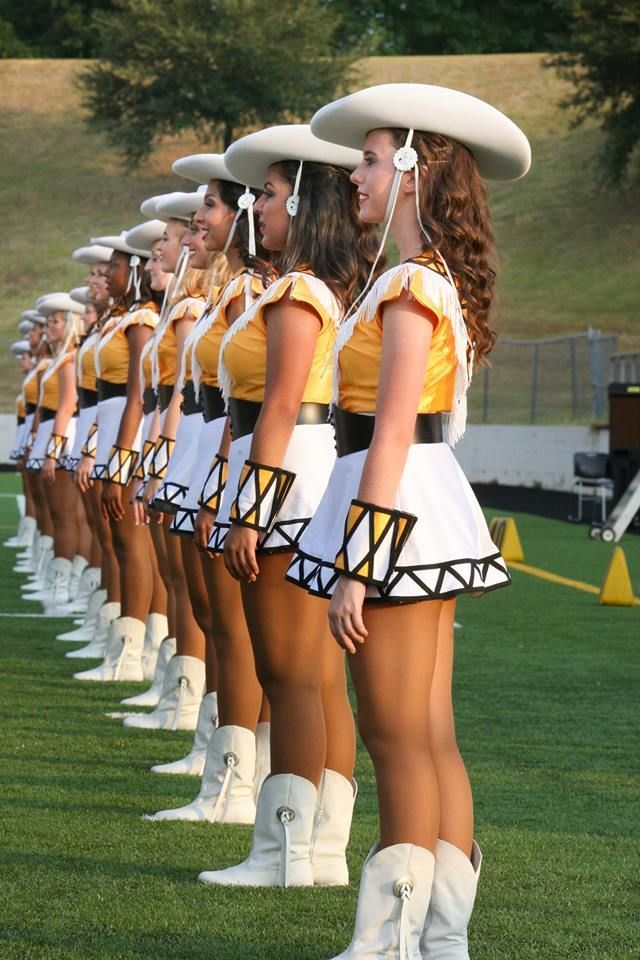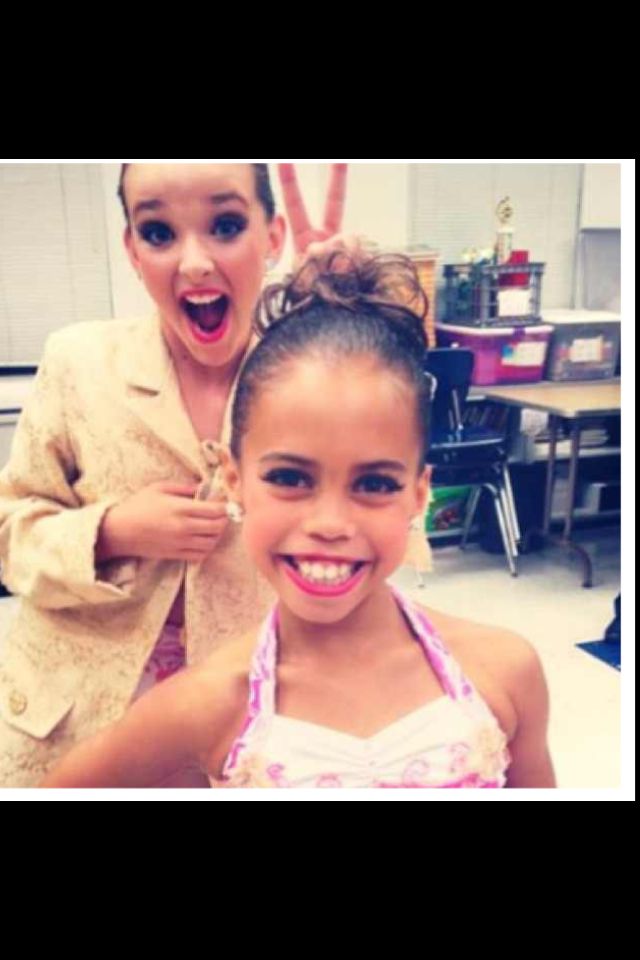How do you swing dance
How To Swing Dance For Beginners (Step By Step Guide)
Table Of Contents:
Swing Dance History & Character
How To Count In Swing
Swing Basic Step #1 – Video
Swing Basic Step #2 – Video
Learning how to Swing dance isn’t rocket science…
Like all Ballroom dances, Swing dancing is based on specific basic steps that once mastered can be applied to all kinds of turns, hand swaps and spins. Below you will learn the 2 main basics steps of Swing.
What is Swing Dancing?
This style of Swing is East Coast Swing which originates from Lindy Hop. It is a Stationary partner dance that doesn’t travel much – Meaning it is pretty much danced on the same spot – As opposed to a traveling Ballroom dance like Waltz. The character of this dance is playful and lively. There are a lot of turns and spins that make this dance really fun for couples.
Swing Songs To Practice To:
* Many of the popular songs played on the radio fit this dance including:
Zac Brown Band – Loving You Easy – Slow Tempo
Michael Bublé – Haven’t Met You Yet – Faster Tempo
How To Count The Swing
Beginner Way of Counting the Swing:
Rock Step, Triple Step, Triple Step.
The Count using numbers:
1,2 (Rock Step), 3 a 4 (Triple Step), 5 a 6 (Triple Step).
* We strongly recommend that you count in the beginner way for a while. However, it is important to understand that the rocks step has two full weight changes to 2 beats of music. And the triple steps (3 a 4 Or 5 a 6) have three weight changes to only 2 beats of music. This makes the triple steps faster.
How to Swing Dance – Basic Step #1:
Breakdown of the Swing Steps (East Coast)
Men:
Starting with left foot
Rock step – Step back with left and replace on right.
Triple step to left – Side, close, side (left, right, left)
Trip step to right – Side, close, side (right, left, right)
Women:
Starting with right foot
Rocks step – Step back with right and replace on left.
Triple step to right – Side, close, side (right, left, right)
Triple step to left – Side, close, side (left, right, left)
The Lead:
* Connect fwd to each other before starting to dance.
Leaders: Apply pressure fwd using the entire body but mostly the left arm (For the rock step). Make sure to extend the elbow slightly. Now, after the rock step, using your body weight and right arm connection, lead the followers to triple side steps in both directions. Ladies, don’t anticipate the lead – Simply connect forward to your partner to feel his lead.
Basic #2: Swing Outside Turn (Right Underarm):
Breakdown of Outside Turn (Above)
Men:
Starting with left foot
Rock step – Step back with left and replace on right.
Triple step to left – Side, close, side (left, right, left)
PIVOT 1/4 to left (On left foot)
Trip step to right – Side, close, side (right, left, right)
Women:
Starting with right foot
Rocks step – Step back with right and replace on left.
Triple step to right – Side, close, side (right, left, right)
PIVOT 3/4 to right (On right foot)
Triple step to left – Side, close, side (left, right, left)
The Lead:
* Connect fwd to each other before starting to dance.
Leaders: Just like in the most basic step, extend your left arm to the followers to allow her to do her Rock Step. Immediately after, as you do the side triple step to the left – raise the left arm just above the follower’s head (indicating a turn coming up). Now on count “&” circle the left arm over the follower’s head as she turns underarm. Make sure to extend your arm to clear your partner’s head.
Other Swing Moves you should learn:
– The Inside turn
– Changing hands behind back
– The Cuddle turn
– The Stop and Go
– Kicks & Flicks
Check out all our Swing dance lessons
Want More Dance Lessons?
We offer a membership that includes access to 300+ Ballroom and Latin dance videos online. Including American & International style videos.
Including American & International style videos.
Membership Info & Registration
Get More Dance Lessons:
How to Ballroom dance For Beginners
How To Cha Cha Dance
Rumba Dance Steps
How To Waltz
Salsa Basic Steps
How To Dance Bachata
How To Dance At Weddings
Learn Basic Swing Steps
Swing is a lively, non-progressive partner dance that can be danced to a wide variety of music, from blues to rock & roll. Non-progressive means it's mostly performed in one spot, so it's very convenient on a crowded dance floor.
- Basic steps
- Instructions & Diagrams
- Video
- Recommended Video Lessons »
Quick intro
Swing is one of the most versatile partner dances you can learn - very social and beginner friendly. Easily adaptable to a wide range of tempos, it involves movements with lots of swinging, spinning and rhythmic, creative footwork.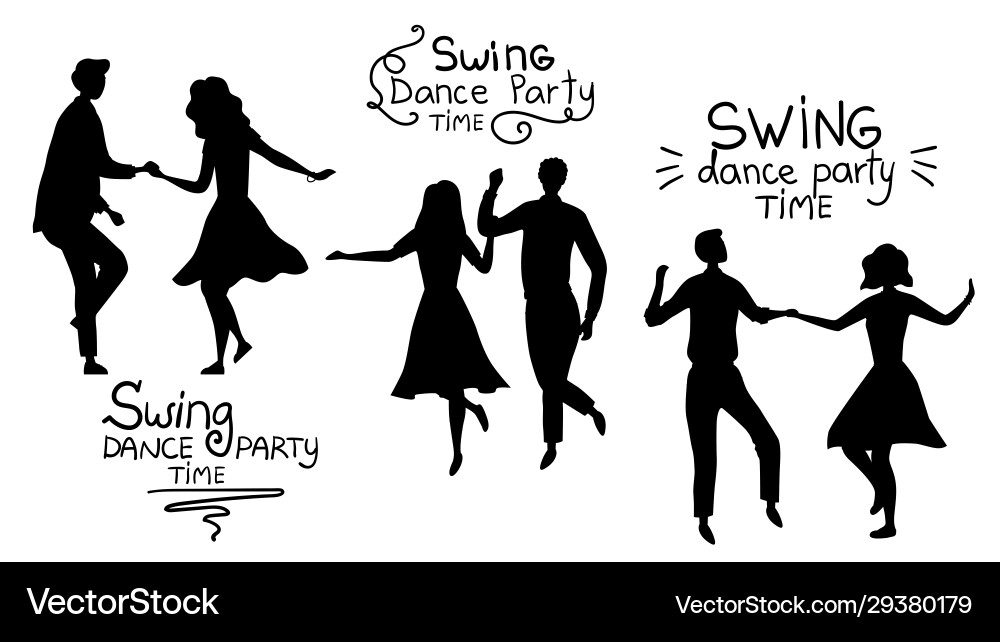
There are many different styles of swing, the term actually refers to a group of dances that developed from the swing style of jazz music in the first half of the last century. There's Lindy Hop, Boogie-Woogie, Jitterbug, Shag, Charleston, West Coast and East Coast Swing, just to name a few. Each of these dances has its own distinct flavor.
One of the most popular and very suitable for beginners is the East Coast Swing. It's a bit more social and relaxed than other versions. It's also a formal ballroom dance and the easiest to learn. Perfect for beginners, which is why we'll focus on this version here. It will create a good foundation and is the base for other more complex versions.
East Coast Swing can be danced to a variety of music styles. If it's written in 4/4 time and has a tempo between 135-170 beats per minute, you can swing it.
To dance swing you'll need a partner, a sense of humor, and a bit of endurance. It may seem a bit intimidating at first, especially if you're watching those who really mastered it. But as with all things, you have to start with the basics. And the basics are easy. Once you learn the fundamentals, you'll be swinging in no time. Always remember, wear comfortable shoes. Now let's go swinging.
But as with all things, you have to start with the basics. And the basics are easy. Once you learn the fundamentals, you'll be swinging in no time. Always remember, wear comfortable shoes. Now let's go swinging.
Basic steps (East Coast Swing)
Beginners usually start with East Coast Swing, because it is the easiest of all swing styles. Here we will show you the basic 6 count step for East Coast Swing.
East Coast Swing has a basic count of 1&2, 3&4, 5,6. It's known as a triple step swing. The basic pattern is triple step, triple step, and a rock step.
When you're starting out you can replace the triple step with a single step. In that case the pattern would be step, step, rock step or rock step, step, step, depending on how you start counting. The overall progression is, of course, the same.
The triple step is really not that difficult to master, it is performed in a chasse-like manner - side step, together, side step.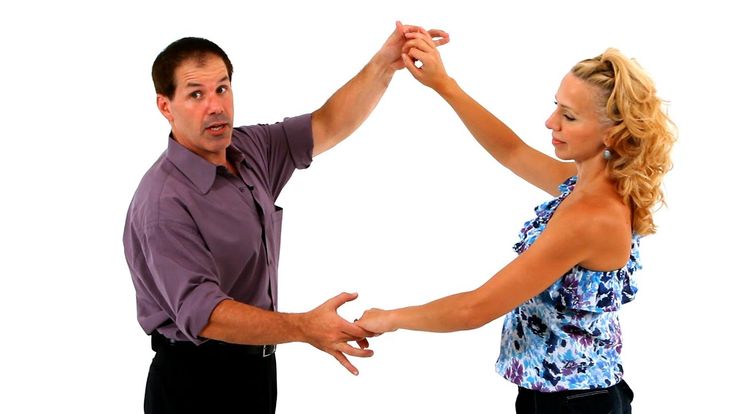
Instructions & Diagrams:
Basic Steps For Men: The man starts with his left foot.
- 1&2: Triple step (chasse) to the left (left-right-left)
- 3&4: Triple step to the right (right-left-right)
- 5: Step backward with your left foot
- 6: Weight shifts to your right foot
Basic Steps For Women: The woman starts with her right foot.
- 1&2: Triple step (chasse) to the right (right-left-right)
- 3&4: Triple step to the left (left-right-left)
- 5: Step backward with your right foot
- 6: Weight shifts to your left foot
Remember, keep the steps small.
Video
Leon and Kim will show you the basic steps, how to turn, and more:
more videos »
Now let's have some more fun, let's do some kicking:
Where to go next?
When you're ready for more fun, check out our recommended video lessons. Video is a great way to learn dancing.
Swing dance, play retro!
Swing went to Russia for more than 50 years in long detours and triumphantly entered the 90s through Germany and Finland. No, of course we've heard about swing before. We were banned from boogie-woogie, and the direction of lindy-hop was translated as "lindy with claps", it was also banned.
But for about 10 years now, the African-American legacy of the turbulent 1920s and 1940s has been actively danced, listened to, and studied in Moscow.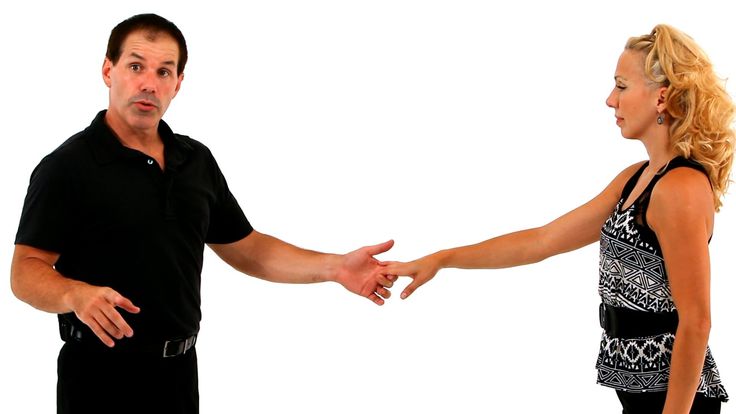 We are learning a very special "black" aesthetic, where what you feel in the dance is more important than how you look. This non-showy, non-staged enjoyment of music attracts more and more people every day. The music is also addictive, a ragged jazz rhythm, from which you involuntarily begin to stomp on the spot, and after the simple words of the songs it seems that everything will be fine. Animal optimism of this style helps to cope with melancholy. Those involved in swinging in Russia tell how uplifting this frivolous swing is in a good way. “It seems that no one has died from problems yet,” dancer Katya laughs, dancing impatiently in place. Talking to her, one involuntarily wants to urgently ask her to teach her to dance swing.
We are learning a very special "black" aesthetic, where what you feel in the dance is more important than how you look. This non-showy, non-staged enjoyment of music attracts more and more people every day. The music is also addictive, a ragged jazz rhythm, from which you involuntarily begin to stomp on the spot, and after the simple words of the songs it seems that everything will be fine. Animal optimism of this style helps to cope with melancholy. Those involved in swinging in Russia tell how uplifting this frivolous swing is in a good way. “It seems that no one has died from problems yet,” dancer Katya laughs, dancing impatiently in place. Talking to her, one involuntarily wants to urgently ask her to teach her to dance swing.
Lindy Hop is New York's melting pot of many swing dance styles. It has something from the Charleston, something from the step, from jazz and many other dances of the jazz era, perhaps forgotten now. The name was given to him later, most likely in honor of Charles Linberg, who crossed the Atlantic in 1927. When in 1928 the dancer Shorty was asked: "What are you doing with your feet?", he replied: "I'm doing lindy."
When in 1928 the dancer Shorty was asked: "What are you doing with your feet?", he replied: "I'm doing lindy."
Swing was born from jazz - it is a dance music of New York Harlem. Even after becoming a kind of attraction for white tourists, it has not changed much. “When we were told that they would pay for the dance, we went and celebrated it. All we wanted to do was dance."
With the same desire to dance swing now young men and women come to new dance schools all over Russia. Here you can learn "black" lindy hop or "white" balboa, which has become popular recently. The main thing is desire and music.
Of course, the physical load here is less than in sports. You won't be exhausted when you leave your workout. However, this is only half true: if we are not talking about dance camps that are popular all over the world. They last from a couple of days (on average a week) to a month. There you dance three or four times a day, and in the evening there is a mandatory party.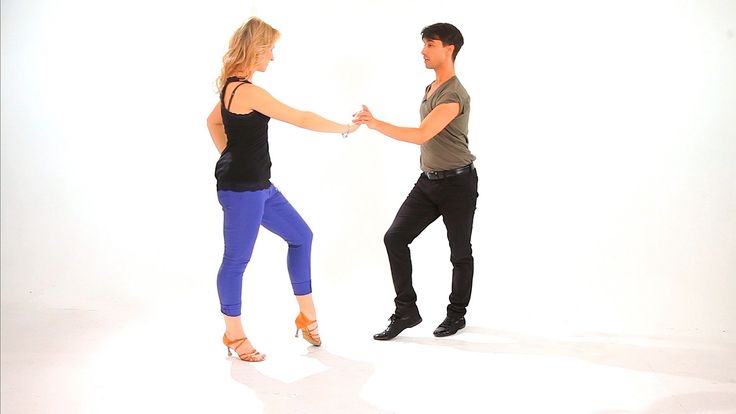
But swing is not a physical exercise. “The load here is less, but more fun,” says Katya. People come here for music and mood, for rhythm and lightness. And the girls - behind the amazing feeling of femininity of the 20s. Shoes, stockings, light dresses with large patterns, retro make-up , stylized hairstyles… “In ordinary life, sometimes you forget about the desire to be beautiful. Yes, and there are no reasons and opportunities to take care of yourself like that. Here you try to please yourself and the viewer who came here for the "show", as white tourists came to nightclubs in Harlem.
You can and should come to training in ordinary comfortable clothes. Shoes without heels, for starters, even better with slip-on soles. It is not bad to do additional stretching, physical exercises: this will help you in the dance. However, it is easy to get involved in the dance. Even if you have never done anything before or, on the contrary, spent years in a classical dance school, here you will be taught something completely new. But the most important thing will depend on you - a smile and improvisation.
But the most important thing will depend on you - a smile and improvisation.
We asked the artistic director of the Moscow Swing Dance Club Olga Moiseeva to show us what lindy-hop is. We also thank Sergey Shirokov, Ekaterina Borovikova and Alexander Kuznetsov.
Starting position . Partners stand side by side, facing each other at about 45 degrees. The girl's hand rests on the partner's nearest shoulder. The man hugs her in the middle of the back, under the shoulder blade. The second hands are free, they can then be waved or, alternatively, take the partner's hand. Weight on the leg closest to the partner, i.e. "inside". The step starts with the free leg. The chin is raised.
Back - step . Step back. Almost every dance figure begins with this step. Continuing to stand half-turned to each other, with a leg free of weight, at the same time take a half step back and return back to the same leg. This is the initial movement. There should be a feeling of "now something will happen." You can hold hands, or you can actively swing them at the pace. This is a very rhythmic movement, goes in two counts.
This is the initial movement. There should be a feeling of "now something will happen." You can hold hands, or you can actively swing them at the pace. This is a very rhythmic movement, goes in two counts.
Charleston . Dance figure for eight counts. From the starting position you do a back-step, and now you start a movement called kick-step. Taking turns with your legs free of weight, you seem to kick (kick) someone in front of you and take a step forward. In the same way, you take a step back, kicking (kick-hold) someone behind you. You wave your arms in rhythm, like you're walking in the park.
Jig - walk . Starting position, back-step. After that, the partners need to turn to face each other. This is a movement at a very close distance, contact of the entire upper body: they say that beginners are very shy to learn this movement, but then they always dance it with pleasure.
Legs - exactly between partner's legs. Raising your elbows and chin high, at the same time either throw your leg forward (kick-step), or the leg is thrown forward and touches the floor, on the heel (touch-step). At the same time, gradually turn around your axis. This is one of the most fun dance moves!
Raising your elbows and chin high, at the same time either throw your leg forward (kick-step), or the leg is thrown forward and touches the floor, on the heel (touch-step). At the same time, gradually turn around your axis. This is one of the most fun dance moves!
Tuck-turn . We start with the back-step. After that, stand opposite each other, the girl has one leg in front. Weight on different legs, if the man is on the left, the woman is on the right. In this case, the partner continues to hug the partner, free hands can be in the position shown in the photo.
Now begins turn - turn. The girl makes a circle in place. The man guides her with his free hand and helps with his hand on his back. After that, they diverge into outstretched arms.
Continue driving . On outstretched arms from each other, the weight is on the outside leg, the arm is set aside, the thigh is emphasized. It is in this position, turning to the partner, that the girl can do the famous movement twist .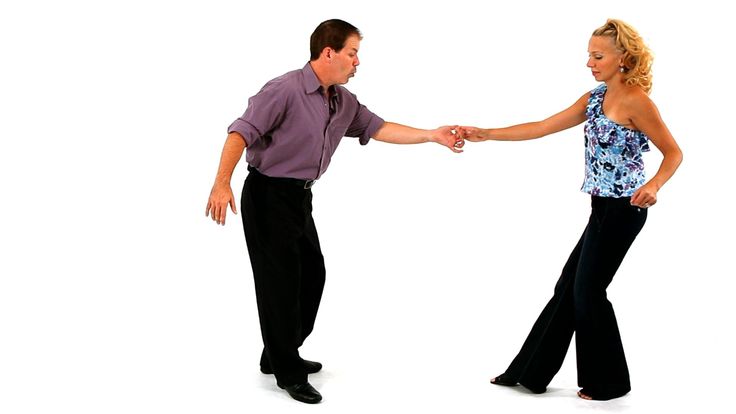
Change places . For six counts, the partners change places, holding the girl under the partner's arm. If you lose contact and let go of your hands, you get a variation of the figure called pass by - as if you were just passing by each other.
Well, happy dancing!
Interview with one of our teachers, Ilmira Galiyeva — Lisoborye Dance School in Moscow
All Star dancer, Lisoborye School teacher, Ilmira Galiyeva joined West Coast Swing five years ago. She talked about what inspires her in dancing, plans and goals, previous routines and performance at The Open.
- How long have you been dancing West Coast Swing, how did you get into dancing? I remember you recently posted a photo from the first intensive.
- If we talk specifically about WCS, then about five years ago. I then did hustle and realized that, in principle, I couldn’t find anything interesting in this dance, I wanted something new.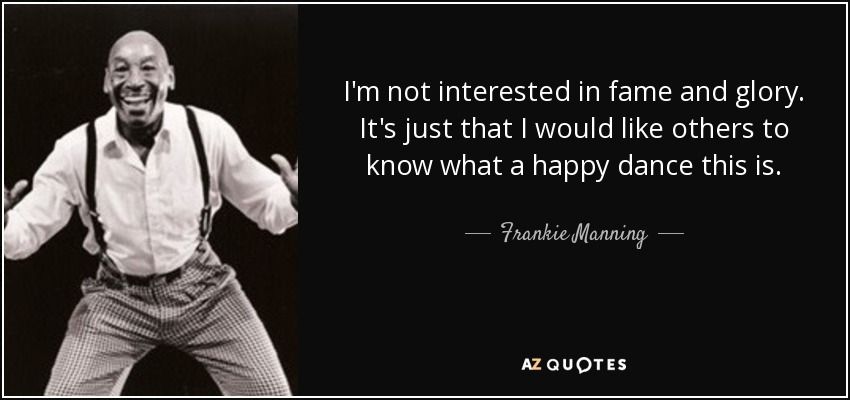 I began to sort through what is adjacent and similar, from the video, I looked at people. Then, on the embankment, the guys danced a little videoconferencing. And I decided to try. I have a large database since childhood, so it would be boring for me at beginners. I wanted to be like an intensive or an individual, and then immediately into a continuing group in order to quickly develop in the dance. It was August, everyone was preparing for Sunny Side, there were no new intakes, the number of teachers was many times less than now. Of those whom I knew were Olya, Chanterelle and Zhenya Dudukina. And all of them were busy on the individual, because there were three weeks left before the event.
I began to sort through what is adjacent and similar, from the video, I looked at people. Then, on the embankment, the guys danced a little videoconferencing. And I decided to try. I have a large database since childhood, so it would be boring for me at beginners. I wanted to be like an intensive or an individual, and then immediately into a continuing group in order to quickly develop in the dance. It was August, everyone was preparing for Sunny Side, there were no new intakes, the number of teachers was many times less than now. Of those whom I knew were Olya, Chanterelle and Zhenya Dudukina. And all of them were busy on the individual, because there were three weeks left before the event.
I was almost ready to give up this idea, but information appeared that in a month an intensive course for two days off with Marina Motronenko and Lesha Grigoriev would start. During this time, we passed almost the entire base. And then I began to look for a group of continuing ones. Many of my acquaintances went to the Fox with Borey.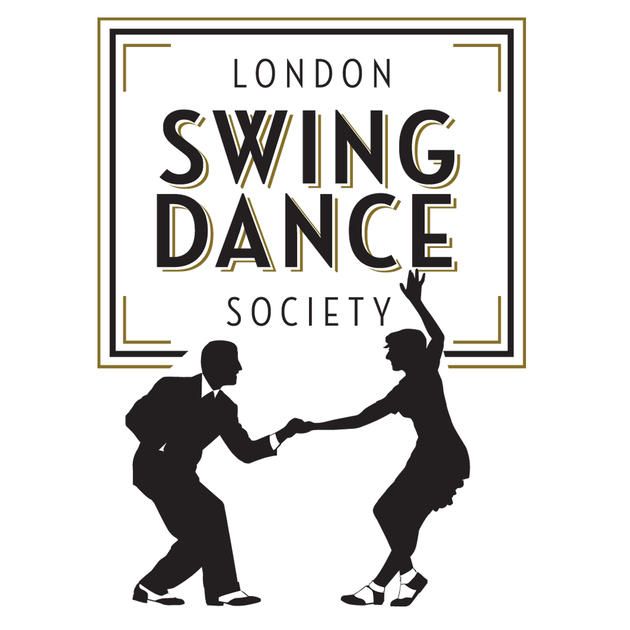 And it suited me every day. That's how it all started.
And it suited me every day. That's how it all started.
After that, three weeks later, I went to my first Westie Fest. After Westie Fest, continuous events began, and after four months I began to do the first routine with Vitalik Zakharov. I started working on exactly what I was interested in.
- What is your dance background?
— I have been dancing since the age of seven. At first it was folk, base, classic, machine. Almost all the time while I was at school in my city, I went there. Then she moved to Moscow, entered the institute, started looking for something, at first it was some kind of solo, RnB, hip-hop, jazz-modern. Then, in our dormitory in Zelenograd, where I studied, there were hustle classes, and I came there. We had discos, parties in our institute little world. Sometimes we went to Moscow, then there was an embankment and a Vesta disco on Novokuznetskaya.
- Which of the Russian teachers did you study with besides Marina Motronenko and Lisa s Borey?
“I studied with Lisa and Borey for literally four months. Then the groups stopped giving me what I needed then, I left to do my routine, and at the same time I went to Musa for women's style. I didn't go anywhere else. I occasionally took individual only from Musya. Both the style and our communication with Musya were very suitable for me. Everything I needed to get, I got from her, so I had no desire to turn to anyone else. And what I needed in pairs, we finalized with Vitalik, with my first partner, and then finished off with Anya Kondakova. Then everything else is just experience: parties, events, competitions.
Then the groups stopped giving me what I needed then, I left to do my routine, and at the same time I went to Musa for women's style. I didn't go anywhere else. I occasionally took individual only from Musya. Both the style and our communication with Musya were very suitable for me. Everything I needed to get, I got from her, so I had no desire to turn to anyone else. And what I needed in pairs, we finalized with Vitalik, with my first partner, and then finished off with Anya Kondakova. Then everything else is just experience: parties, events, competitions.
- Why did you decide to do the first routine with Vitalik, how did you choose music, what goals did you set?
- It was after Swing&Snow, three or four months after I joined the VKS, then I was already in the Novice finals. I understood that the group does not give me much development, and individual classes are too expensive and boring, because then you need to work with someone so that it remains in the body.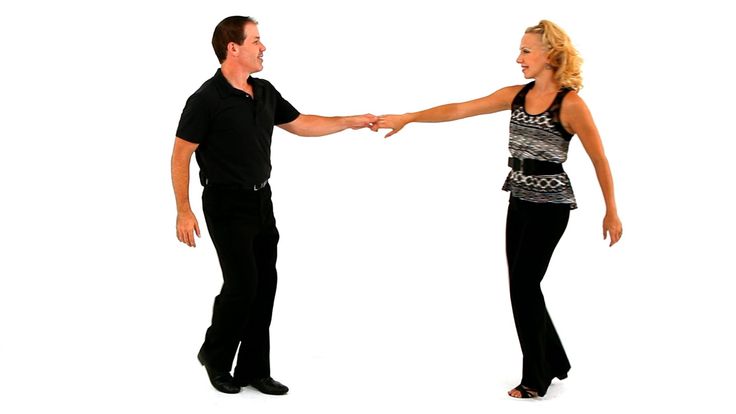 The guys suggested that usually, when it gets completely boring, they start doing routines. During my dancing life, I had many productions, including collective ones. I began to sort out boys who could be at my level and who could endure all this way, because it is first of all very hard physically. I thought about Vitalik and Andrey Shenaev. But I don't remember why I didn't even talk to Andrey about this. And Vitalik then had a routine with Olesya Nikolenko. I asked him if he was still working with Olesya, then I shared the idea of a routine, he thought and thought and agreed.
The guys suggested that usually, when it gets completely boring, they start doing routines. During my dancing life, I had many productions, including collective ones. I began to sort out boys who could be at my level and who could endure all this way, because it is first of all very hard physically. I thought about Vitalik and Andrey Shenaev. But I don't remember why I didn't even talk to Andrey about this. And Vitalik then had a routine with Olesya Nikolenko. I asked him if he was still working with Olesya, then I shared the idea of a routine, he thought and thought and agreed.
We chose the first song very quickly. Vitalik suggested, I listened to her and decided. It took two minutes.
Everything fits: lots of accents, dynamic, interesting, no one knows her. We did most of the routine ourselves. Before we performed at Westie Fest, no one had seen her at all, not even Anya Kondakova. It was purely our product. Then we also had third place with her.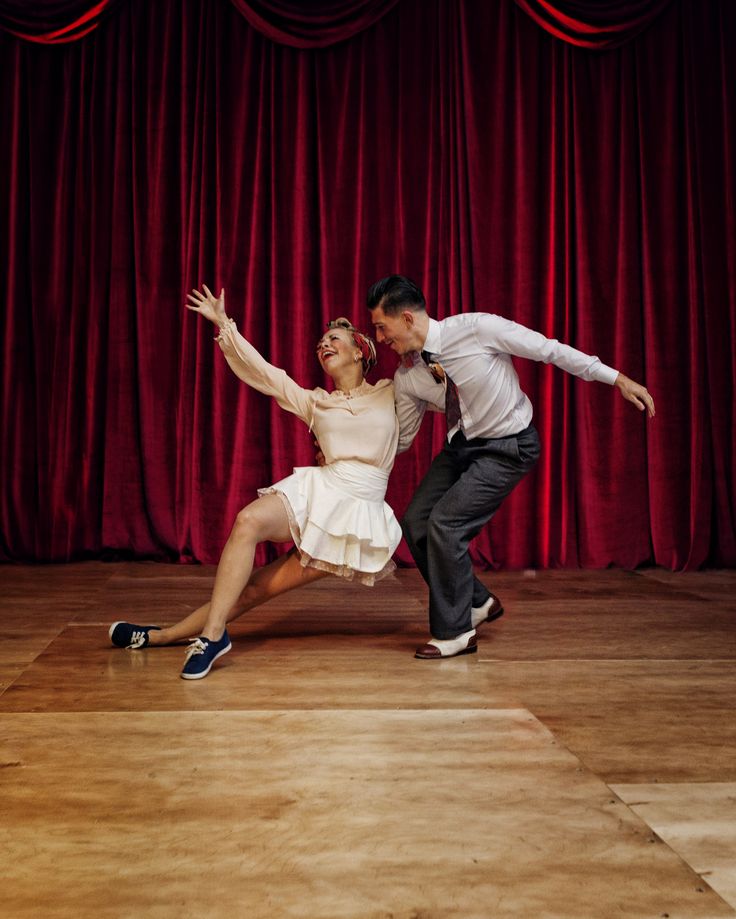
Then, when we began to think that it would be necessary to finish it, we went to Anya. We thought to take her to Budafest. Something was completed in terms of costumes, in style, they began to work more thoughtfully on what a routine is, that it is not just a set of movements into accents. More understanding of the structure came. I learned a lot of important points that I still use for subsequent routines and for ProAm. We also completely installed the second one ourselves. With Anya, they only cleaned up some moments that we couldn’t glue together or didn’t quite fit in the concept.
- How was your independent work, did you watch videos (what other dances did you take?), did you come up with something yourself?
- Yes. We watched old routines, master classes and DnD, tried something from there. They took ideas from salsa and hip-hop. And they themselves came up with in the process. We had a very good song to start. We almost immediately knew how to play all the main accents and transitions, it’s just that the picture immediately formed in the brain.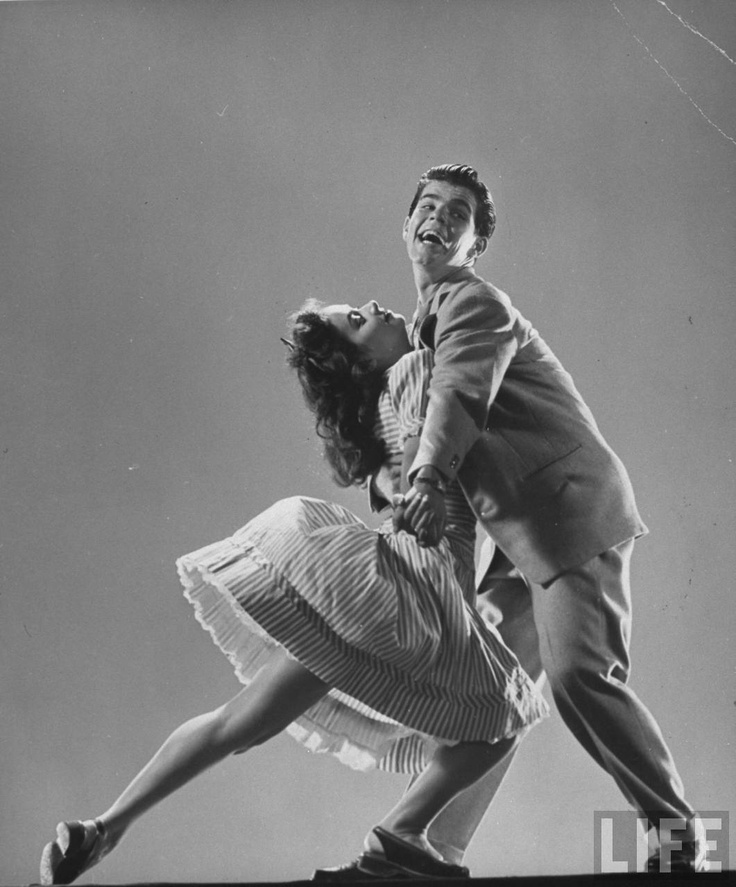 The rest was simply filled with logical transitions for harmony.
The rest was simply filled with logical transitions for harmony.
— And after the first one, how did you decide on the second one? Did you just decide to keep going?
— Yes, that’s how it was, we finished the season, at RuOpen we implemented all our ideas for the last time. Gestalt was closed, and the question arose of what to do next. But then we didn’t have any too changing prospects. On that working wave with regular training, we got higher and higher in level, so we decided to continue. The second song was chosen diametrically opposite, so that it would be interesting for ourselves, so that there would be where to get new resources and ideas for staging. Then we chose for a long time. A month and a half.
- Did you also do the second routine yourself?
- Yes, entirely by ourselves, but then we turned to Anya already before the Westie Fest, with her we finished off individual pieces and the general serve.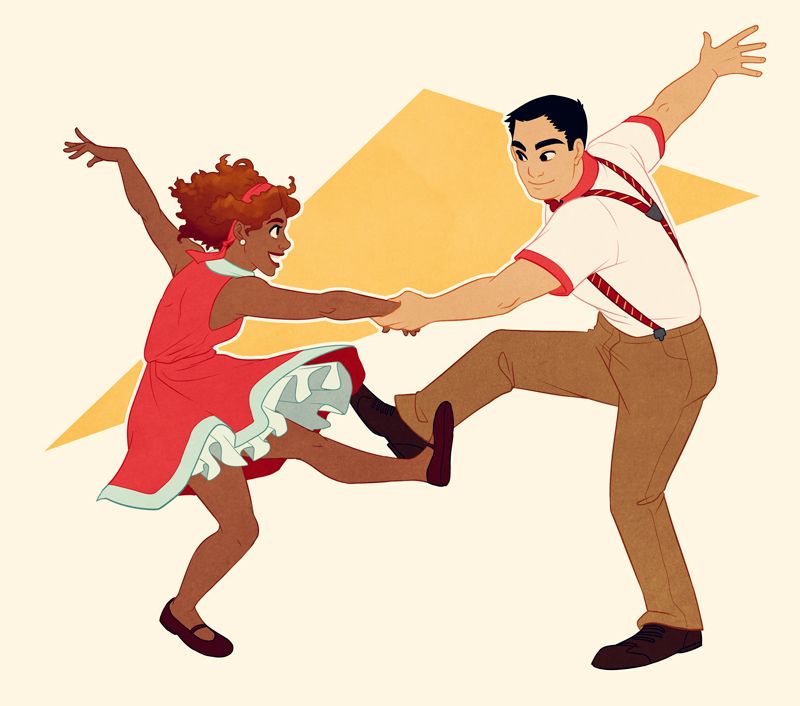
— When did you start teaching?
“Three years ago, in the summer. There was a question of big organizational changes in Lisoborye, Borya and Lisa suggested we try it. Before that, I said that I would not mind starting teaching and seeing what could come of it. They offered Vitalik and me to join Lisoborye, and we launched the first group, then still on Khokhlovka, in Kitai-gorod. We worked for a year, probably. When we finished the second routine in the spring, we realized with Vitalik that we would not give each other anything new in terms of productions. At the same time, Arthur planned to move to Moscow, and we wanted to start a group with him. Then some reformations took place, and closer to winter, Vitalik and I were no longer able to teach in Lisoborye. There were groups with Arthur. And a year after that, I paired up with Arthur to prepare the routine.
- What are your plans for teaching now? Have you thought about starting to raise your strong or even "star" students?
- Arthur and I now have 4 regular groups in Moscow.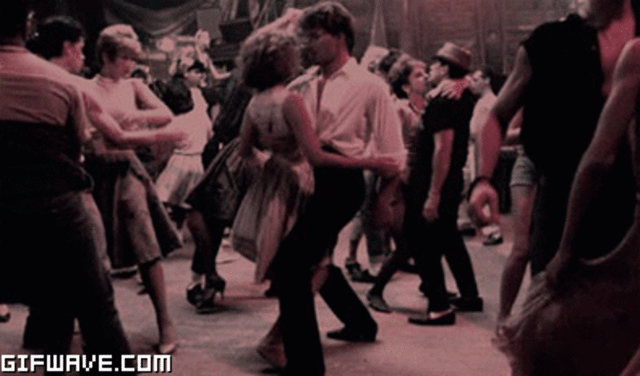 From small to large. People come to us for individual meetings, which means they trust us. I can’t say that we didn’t start raising our students, we are already doing it. In addition, we conduct thematic seminars and special intensive courses. Who likes our style and approach, who wants to learn from us - with us. Unfortunately, in our time, the indicator of "stardom" is not equal to the indicator of quality and comfort at parties. We are for comfort in a couple in the first place. So the plans are only to share, share and share the most relevant information that has passed through our own bodies.
From small to large. People come to us for individual meetings, which means they trust us. I can’t say that we didn’t start raising our students, we are already doing it. In addition, we conduct thematic seminars and special intensive courses. Who likes our style and approach, who wants to learn from us - with us. Unfortunately, in our time, the indicator of "stardom" is not equal to the indicator of quality and comfort at parties. We are for comfort in a couple in the first place. So the plans are only to share, share and share the most relevant information that has passed through our own bodies.
- Please tell us about ProAm. How did this idea come to you? Why did you decide to try. And how do you generally put them on, by yourself or with someone else's help?
- If with my dancing future I understand what I need and where I'm moving, then in terms of teaching, I still want to learn a lot.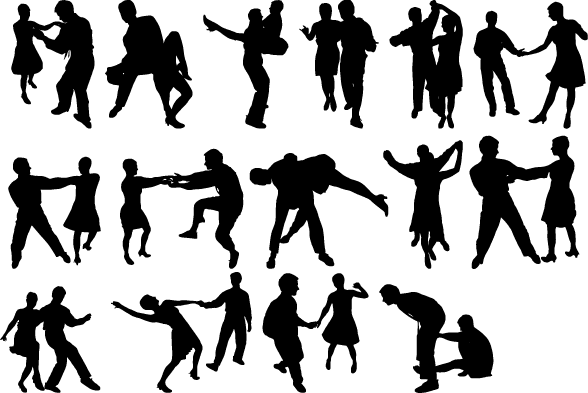 Arthur reveals some things to me. ProAm develops not only pedagogical skills, but also creativity. It is one thing to do a project when both dancers are on the same level, and quite another when there is a difference.
Arthur reveals some things to me. ProAm develops not only pedagogical skills, but also creativity. It is one thing to do a project when both dancers are on the same level, and quite another when there is a difference.
Serezha Efremov (my first ProAm partner last year) and I have known each other for a long time, even before my passion for the West Coast. And we always got along well. Everything was decided by itself, it was comfortable for him to continue developing like this, and for me to make the first ProAm with him. No personal touch was needed. Then I put everything on my own, Seryozha gave some ideas of what he would like to add. We spent a lot of time to do everything ourselves as well.
- How did you do the routines for the last Westie Fest?
- I don't have simple ProAms. We staged these two dances with Arthur in tandem. It turned out interesting with Petya Zobkov, he had his own song. For me, this is something incredibly catchy and new in VKS. Only Benji is capable of this. It was fun to just create. I also wanted to express Petya and do something interesting that would remain in his memory. The main task was not to spoil his offspring, so that he himself would be comfortable in this. I think that we basically succeeded. And with Igor Yezhov, it was generally a bomb - ProAm is at a distance.
Only Benji is capable of this. It was fun to just create. I also wanted to express Petya and do something interesting that would remain in his memory. The main task was not to spoil his offspring, so that he himself would be comfortable in this. I think that we basically succeeded. And with Igor Yezhov, it was generally a bomb - ProAm is at a distance.
- How did you do it?
— I can't say it's easy. By video. I sent some parsed pieces to him, and he sorted out most of them on his own, tried them with his partners in Samara, recorded a video, and sent them back to me. I commented on the video, corrected it, he made corrections, sent it back to me, and they did it with such videos.
We had three offline meetings at general events, where we were able to personally talk with him and try some things. It is, of course, easier, simpler and faster, because the video takes a huge amount of time. But Igor is a huge hard worker and well done, because he was able to take a risk on this and scoop out almost on his own.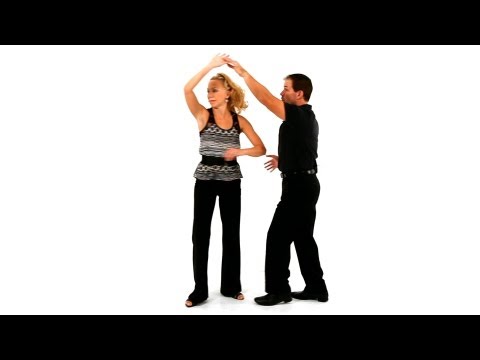 This is his merit, his ProAm. He is a very obliging person. Well done guys, in a word.
This is his merit, his ProAm. He is a very obliging person. Well done guys, in a word.
- Let's talk about The Open. What plans do you have in your routine now? How did you get the idea to go to Open?
- Almost immediately, as soon as we paired up with Arthur, we had an understanding that we didn’t want to just teach somewhere in Moscow, perform somewhere at competitions. We wanted to make this our main calling.
I would like not only to achieve something, I would also like to show my vision of dance, both to Muscovites and to the whole world.
I would like to share so that our understanding of this dance can be seen and, perhaps, adopted by more and more people, not only our students in Moscow groups. Now we are training a lot, working on technical and pedagogical issues. Open and routine is one of the means. I believe that during these six months that we have been doing a routine, we have begun to dance in a completely different way than in the spring.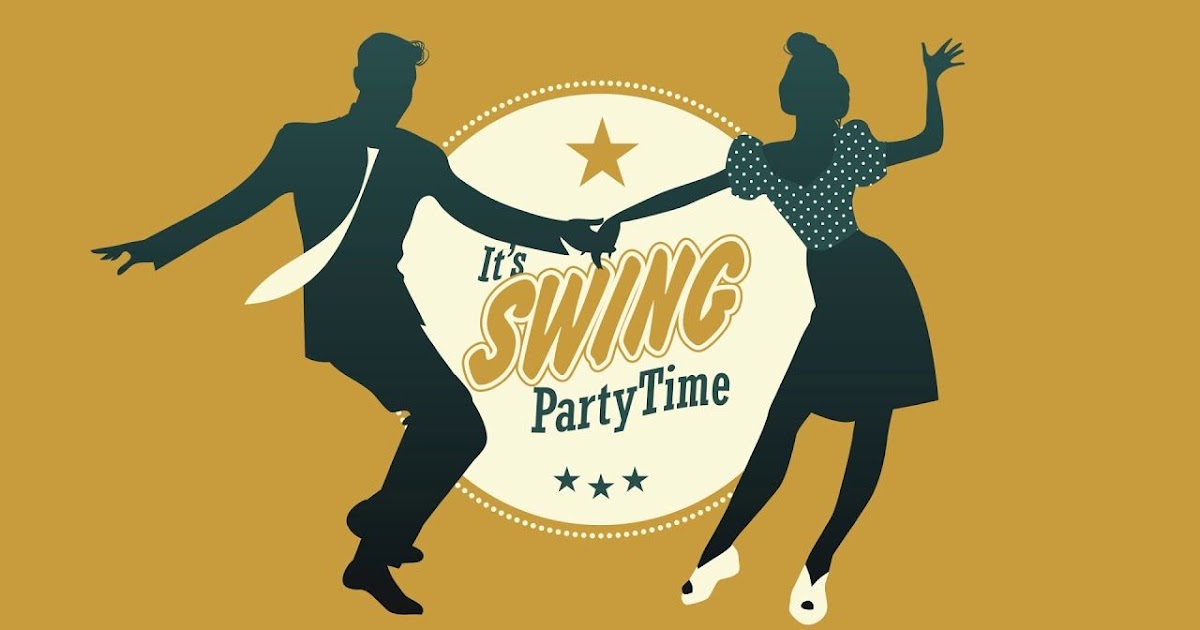 We understood what the West Coast means, first of all, for ourselves. In technical aspects, including. The Open is an opportunity to express yourself, to show yourself. We use all the paths that life offers us.
We understood what the West Coast means, first of all, for ourselves. In technical aspects, including. The Open is an opportunity to express yourself, to show yourself. We use all the paths that life offers us.
- And how did you set up a routine? yourself? Or someone was a coach?
- We immediately realized that it was possible to stage it ourselves, but it was very long and physically costly. Therefore, we ordered a routine from Ben and Vika. We are impressed by these dancers, we like their style, presentation and experience. We had three songs to choose from, we gave them to Ben, asked what would be more comfortable. Next, we focused on analyzing the choreography and technical points.
In principle, all the routines that are ordered from foreign teachers are for the most part just a scheme, a set of steps.
At first, of course, we analyzed what, how and why. We only had a month before the French Open. We wanted to throw this information out on people in order to exhale, and then begin to work more scrupulously on the details. Actually, we learned the steps there. It was a great achievement to just reach, not dance, but at least reach this project to the music until the end of the song. And then we started working on the content and attracted Anya. In principle, we can say that Anya Kondakova is our coach. She monitors our moral and physical state. Helps and guides, takes all these steps with us.
We wanted to throw this information out on people in order to exhale, and then begin to work more scrupulously on the details. Actually, we learned the steps there. It was a great achievement to just reach, not dance, but at least reach this project to the music until the end of the song. And then we started working on the content and attracted Anya. In principle, we can say that Anya Kondakova is our coach. She monitors our moral and physical state. Helps and guides, takes all these steps with us.
- How hard is it physically, mentally? I sometimes read your Instagram posts “seven hours in the hall” and so on. And this, I must say, is terrifying.
“Let’s just say that routine is different from routine, and goals are also different. Therefore, I am completely and completely for routines. When the guys come up and ask: “Is it worth it? We are only novice and we don’t even make it to the finals,” I answer: “It’s definitely worth it, because this is a very powerful impetus in the development of any dancer, even a newcamer.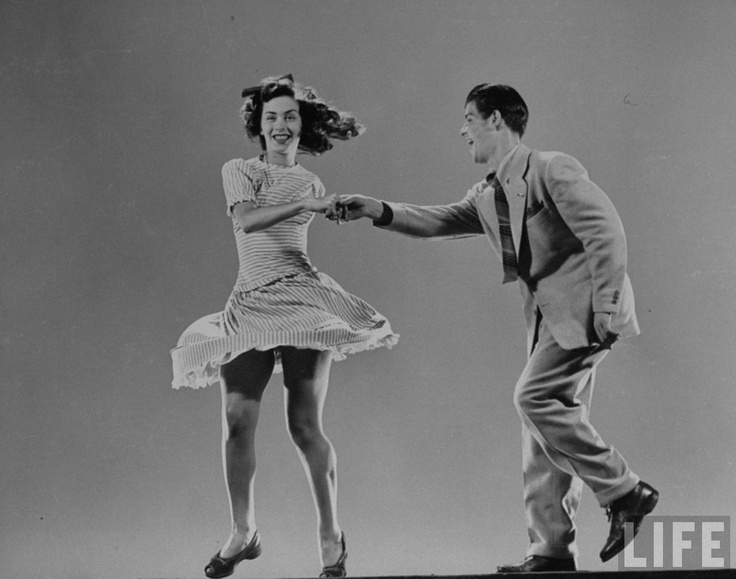 ” This motivates and makes you work better than any groups and individuals, this is an effective development aid.
” This motivates and makes you work better than any groups and individuals, this is an effective development aid.
The higher the requests, level, goal, the more difficult. And 7 hours is sometimes not the limit.
- Do you train all seven hours?
- The training consists of many moments, from solo exercises, time to connect in pairs, we also work out technical details, run everything in pairs. Lots of different tasks. Plus, we have bands, individuals, ProAm again. It all accumulates, as well as fatigue. This is our first common routine, and immediately everything is so serious. I can’t say that it was easy, but the mere fact that we held out for six months is valuable. And we see the difference after we have worked all this time.
- And how did you train before when you first came to West Coast Swing, when you set up routines, and how now: how many solos, how many in pairs, are there any secrets, tips?
— My whole way here is quite fast. Before, everything was different, simpler, and I did not think about such prospects. Now it is much more conscious and more. I won’t say how much time, in different ways, it depends on the tasks for a particular workout, for a particular week, it also depends on the physical condition. And the secrets are all the most obvious: eat and sleep on time. Well, it’s crazy to want all this, to understand your goal.
Before, everything was different, simpler, and I did not think about such prospects. Now it is much more conscious and more. I won’t say how much time, in different ways, it depends on the tasks for a particular workout, for a particular week, it also depends on the physical condition. And the secrets are all the most obvious: eat and sleep on time. Well, it’s crazy to want all this, to understand your goal.
- Question from readers. Why VKS, what distinguishes it from other dances for you, what other dance styles would you like to try?
- This is probably the only style that I can fill with all the other styles. I don't have to go to zouk to dance zouk, I don't have to go to RnB separately to dance it. I can dance all these pieces in one dance. This musicality and breadth of possibilities allows me to express myself in different ways. Therefore, I see no reason to look for something on the side. VKS gives everything that my dancing soul wants.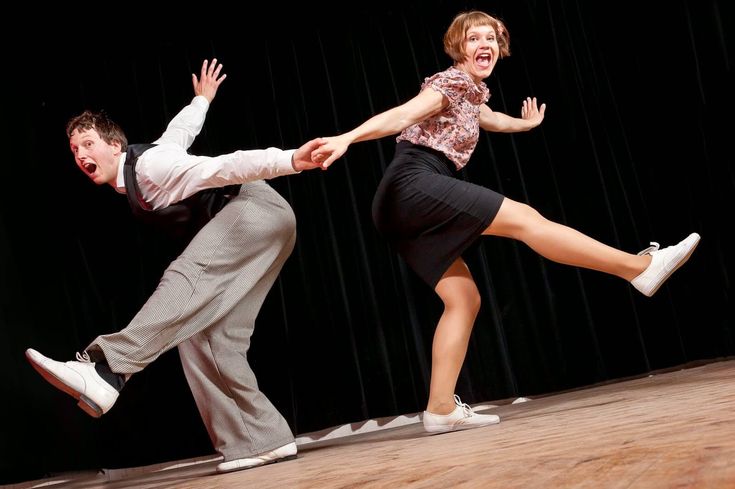
In VKS, it seems to me, there are no words “wrong” or “impossible” in stylistics and musicality at all. Everything that is appropriate is possible. If it is also done well, everything is delicious. I want to look at this, I want to be a part of it all.
— And what events do you like the most?
- D-Town has gone very well this year. It is very important for me what kind of teachers will be, because first of all I go to be inspired and learn.
All the dances they show at parties and pro shows usually feed me for months after.
You always find something that you can take away in a piggy bank and leave as something glowing inside yourself. And the second is music. Actually, the level of partners is not even so important to me, how much music is. If she doesn’t rock me and doesn’t rush, be around the top dancer who invited me himself, the dance will be ruined. I also like BudaFest, of course. It brings everything together: the New Year holidays, the atmosphere of a long holiday, the scale of the event, a lot of dancers, the best line of teachers, the hotel, the city.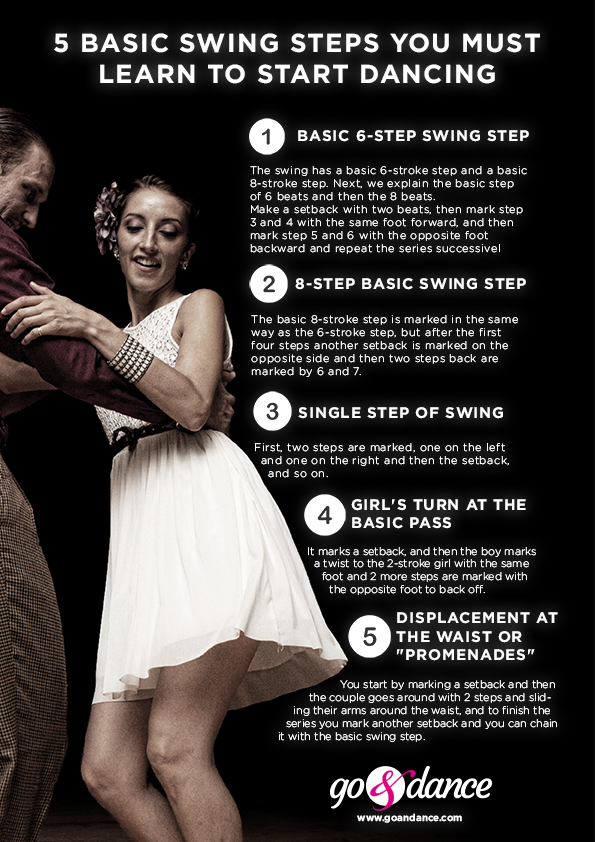 This year it will be my fourth Budafest, and I think not the last.
This year it will be my fourth Budafest, and I think not the last.
Our events are always especially distinguished by sincerity. Westie Fest is the event I started with, and inside I have a very warm response to everything about it. And Peter, and RuOpen, and Shuba, and our regional events - Kazan, Americano, Knights, they all have their own homey touch. It's very nice to perform, teach, share with the kids, because everyone in our community is very greedy for information. Lots of talented kids. I would like, of course, that all this develops in our country, so that there are more people. Home events are also a powerful tool that can develop you as a dancer.
- Who are your favorite foreign teachers, and which of the top girls inspire you the most?
- Probably, after all, Ben is with Vika. I don’t know how I found Ben Vika, unfortunately I didn’t find him with Deluca or with any other partners, maybe it was somehow different there.